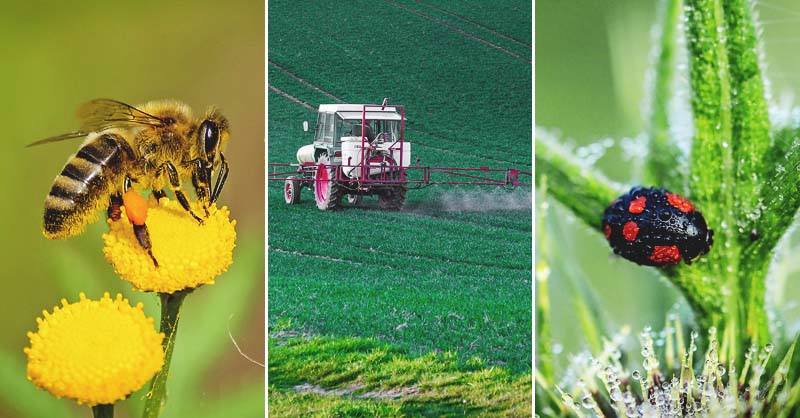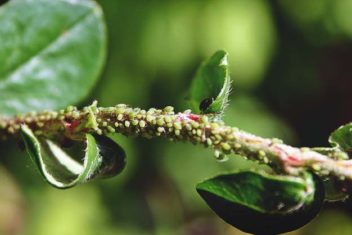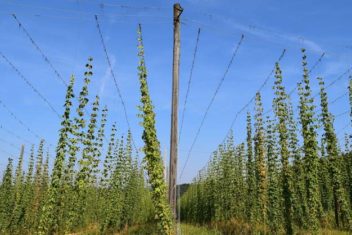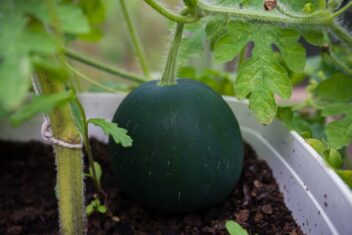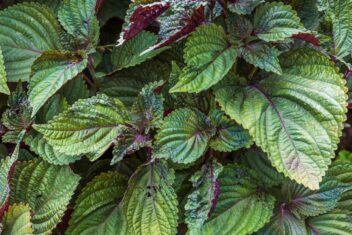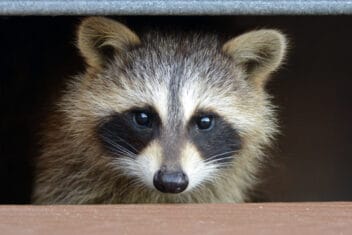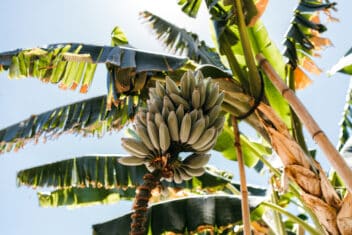You’ve probably heard of neonicotinoids, a class of insecticide that can help control pest populations. While they have their uses, what you may not know is that these chemicals could have serious drawbacks, like the possibility of harming the environment and wildlife.
That’s not to say that you have to accept damaging insects like aphids and grubs in your garden, but it does mean that you may want to equip yourself with some knowledge before you start spraying indiscriminately. We’ll let you know what the dangers of neonicotinoids are, what the science says and how you can use them effectively in your space.
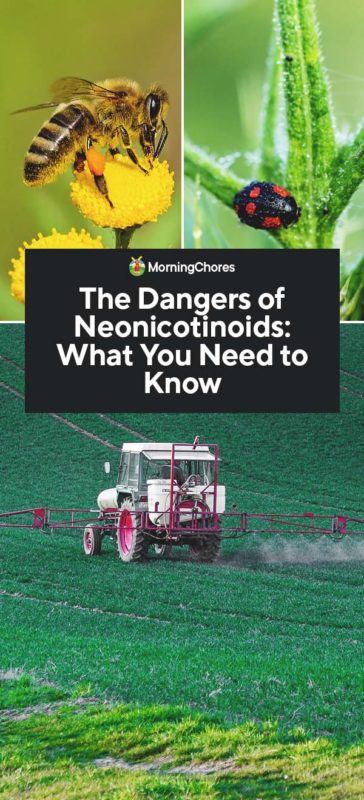
What are Neonicotinoids?
Neonicotinoids are a group of insecticides that target the nicotinic acetylcholine receptors in insect nervous systems. They’ve been around for over a decade and are an essential pest control method for agricultural producers.
Most often, they’re applied as a treatment to seeds which is absorbed as the plant grows. You can also spray the insecticide onto plant matter, though this method is less common. Coating seeds with the insecticide prevents it from becoming airborne, which makes it the safest application method.
Benefits of Using Neonicotinoids
Why do people use neonicotinoids? There are a few good reasons why the insecticide is so popular around the world.
Neonicotinoids do an excellent job at targeting pests like aphids and whiteflies, which cause widespread crop damage by sucking sap from plant foliage. Because they’re selective, they aren’t harmful to humans and other vertebrates. They’re easy to apply safely, too.
The bottom line is that they help prevent economic loss by preventing pest infestation safely and effectively.
The Dangers of Neonicotinoids
The problem with neonicotinoids is that they’re currently used as a preemptive measure for pest avoidance and reduction. Treated seeds and spraying happens even when there’s no current pest problem. Essentially, the insecticide is being overused, which may be causing issues for beneficial insects.
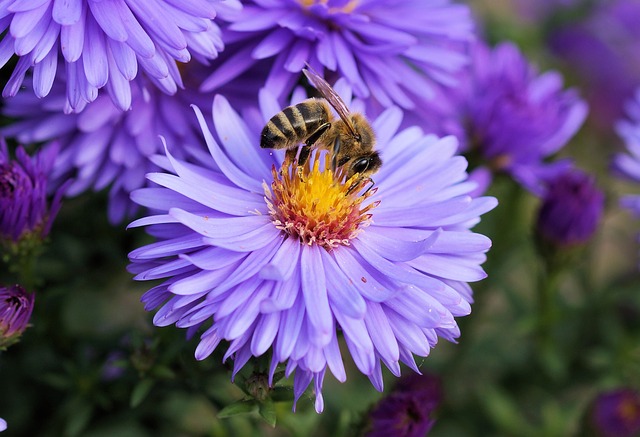
So what does the science say about the dangers of neonicotinoids? The research is still ongoing as scientists continue to study the effects of this class of insecticides on the environment and pollinators, but the evidence points to the need for caution.
It’s difficult to reproduce studies in the field since environmental conditions are ever-changing and bees often travel far and wide to collect pollen. The benefits of using the pesticide are clear, but research shows that there are downsides to the widespread use of neonicotinoids.
Neonicotinoids and Pollinators
Lab testing highlighted in a 2012 study, shows that neonicotinoids mess with bee navigation and memory. This causes them to have trouble getting back to their hive and finding food sources.
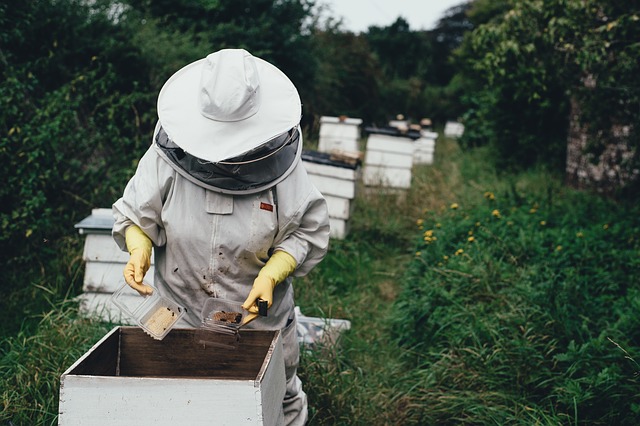
Another study tested bee navigation and found that bees had trouble navigating back to their hive within an hour and a half after exposure.
One of the dangers of Neonicotinoids is that it affects the central nervous system of target insects. Sap-sucking pests like aphids feed on treated foliage and consume concentrated doses of the toxin. While bees may not be exposed to concentrated doses because they don’t consume foliage, those who come into contact with non-lethal doses of the stuff may still be adversely affected.
Another study shows that while exposure to neonicotinoids may not lead to harm in all cases, it’s possible that exposure to a combination of more than one insecticide may exacerbate issues and create more significant problems in pollinators. There’s also evidence that chronic exposure to even low levels of neonicotinoids may encourage parasitic infestations of beehives.
There’s evidence that the pesticides are toxic not only to bees but other pollinators as well.
Problems stem from both acute and long term exposure. Lethal doses have the ability to kill bees and pollinators, but nonlethal doses have a host of other ill-effects like reduction in bee colony performance due to the effect on bees’ neurological systems.
Neonicotinoids and the Environment
There’s also concern about the potential effects on the larger environment. Because they’re so common, neonicotinoids don’t only end up on plant foliage, they also run off into the water and get absorbed into the soil.
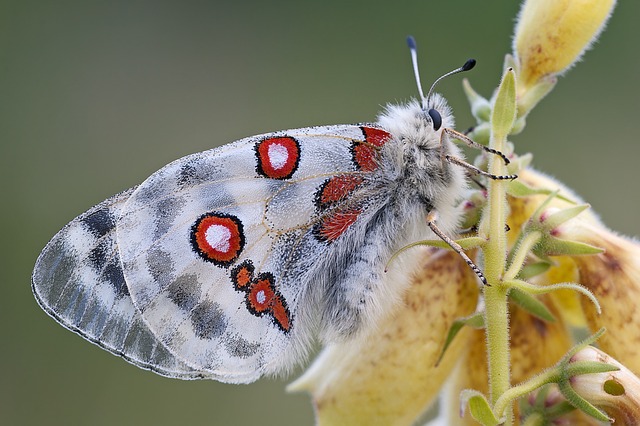
Some neonicotinoids (imidacloprid and fipronil) may even affect birds and fish and can impact their reproductive activities. Research points to high concentrations of the insecticides posing a lethal threat to birds and fish.
Consider, too, the effects down the food chain. While you may not want certain insects chomping on greens in your garden, some wildlife requires specific insects for sustenance. Research suggests that neonicotinoids may have a secondary effect on lizard populations because they reduce the amount of available food.
What Happens if the Pollinators Die?
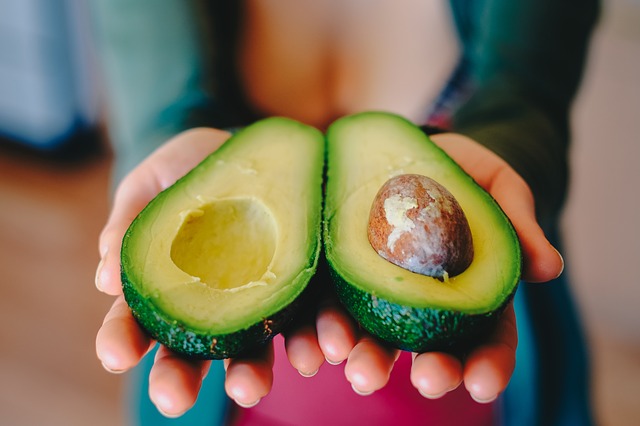
One of the primary dangers of neonicotinoids is that it harms pollinators. Without pollinators, the plants they pollinate would potentially go extinct. We’d not only lose a plant-based source of food, but we’d also lose the plants, insects, and animals that eat those plants to survive.
Pollinators a necessary part of our food chain, and without them, humans would be left hungry. Hand pollination doesn’t produce the same results.
Without bees, we wouldn’t just be missing out on honey, and we’d see our global food supplies dwindle. The current rich diversity of fruits and vegetables would drop considerably. We’d be stuck nibbling on food that self-pollinates. It might be fine for a while, but our culinary existence would soon feel bland and unsatisfying, not to mention it would lack nutritional value. You’d also have to pay ten-fold for that delicious piece of avocado toast that already costs an arm and a leg.
How to Avoid Neonicotinoids
Bees and pollinators are capable of traveling long distances in search of food. It’s possible that even if you don’t use neonicotinoids in your garden, that creatures will get exposed elsewhere. Still, if you’re concerned about contributing to the problem here are a few ways to avoid these insecticides:
- Check for labels that explicitly say that plants are free of neonicotinoids or other insecticides.
- Ask your local store or grower whether the plants have been sprayed or treated with neonicotinoids.
- Don’t spray your garden with pesticides. Opt for natural pest control methods, instead.
- Avoid treated seed.
- Avoid garden center plants unless you’re confident they haven’t been sprayed.
- Grow your own starts.
- Save your own seeds.
What’s the Alternative?
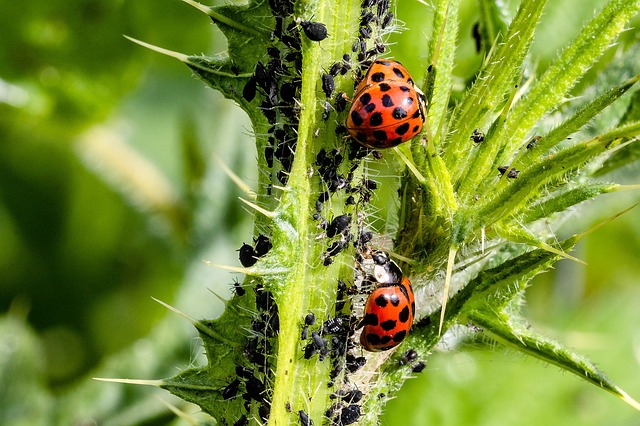
For commercial growers, it may be tough to find alternatives. It’s not as simple as not purchasing the potted plant marked as being sprayed with neonicotinoids. Still, there ways around the use of these types of insecticides. Here are a few alternatives.
- Use integrated pest management. This strategy involves applying pest control methods based on current needs instead of potential ones.
- Build healthier soils and ecosystems by implementing sound agricultural practices such as crop rotation.
- Plant and breed pest-resistant varieties that are naturally immune to problem insects.
- Use biological insect control via the introduction of predator insects (e.g., ladybugs and parasitic wasps) to control problem pests.
- Use natural pesticides and insect traps as an alternative to neonicotinoids.
Is a Total Ban the Answer?
The EU has banned the use of neonicotinoids, but the debate still rages on as to whether it’s the correct way to address the neonicotinoid “problem.”
The flipside to a ban, as suggested by a feature published in ‘Current Biology,’ is that getting rid of these very potent and effective modern insecticides may incite growers to return to toxic alternatives that pose a greater threat to human health.
So while neonicotinoids may have their drawbacks, they can also be a useful tool in the gardener’s arsenal.
What Else Can You Do?
Speak out. Talk to other gardeners and educate them about the pros and cons of neonicotinoids, and how they can avoid purchasing plants that have been exposed. Ask your local growers and garden centers not to stock neonicotinoid sprayed products.
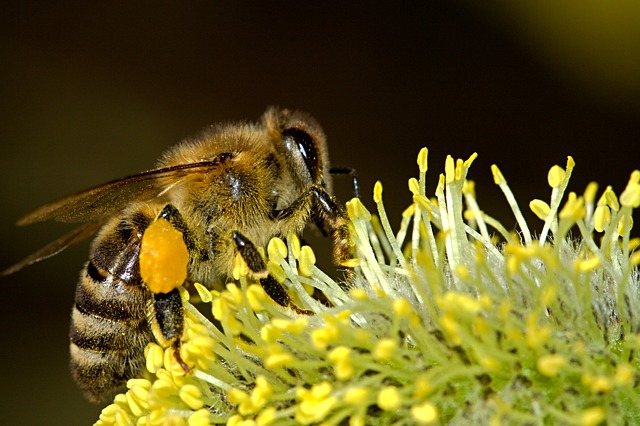
The discussion surrounding the dangers of neonicotinoids is an important one. It’s crucial that we take stock and understand the influence and impact that the use of insecticides may have on a grander scale.
Whether this means a move towards non-lethal insecticides that are safe to use and don’t harm bee populations or a move away from these pest control methods entirely, it’s vital that we keep the conversation going. We must keep a close eye on how human actions impact the earth. As gardeners, I believe it’s critical that we remain informed and healthily skeptical.
Whether this means a move towards non-lethal insecticides that are safe to use and don’t harm bee populations or a move away from these pest control methods entirely, it’s vital that we keep the conversation going. We must keep a close eye on how human actions impact the earth. As gardeners, I believe it’s critical that we remain informed and healthily skeptical.
If you are interested, encourage your representatives to push for further research into pest safe, pollinator-friendly pest control. Tell officials that you want better risk assessment policies to determine whether products are safe or not for humans and pollinator populations.
Every time I spot a bee nestling in a squash blossom or a butterfly resting on my garden beds, I think about the hard work these incredible creatures do for us. They give my garden life and ask for very little in return. The least I can do is make sure that they’re safe while they putter around the flowers and blooms.

